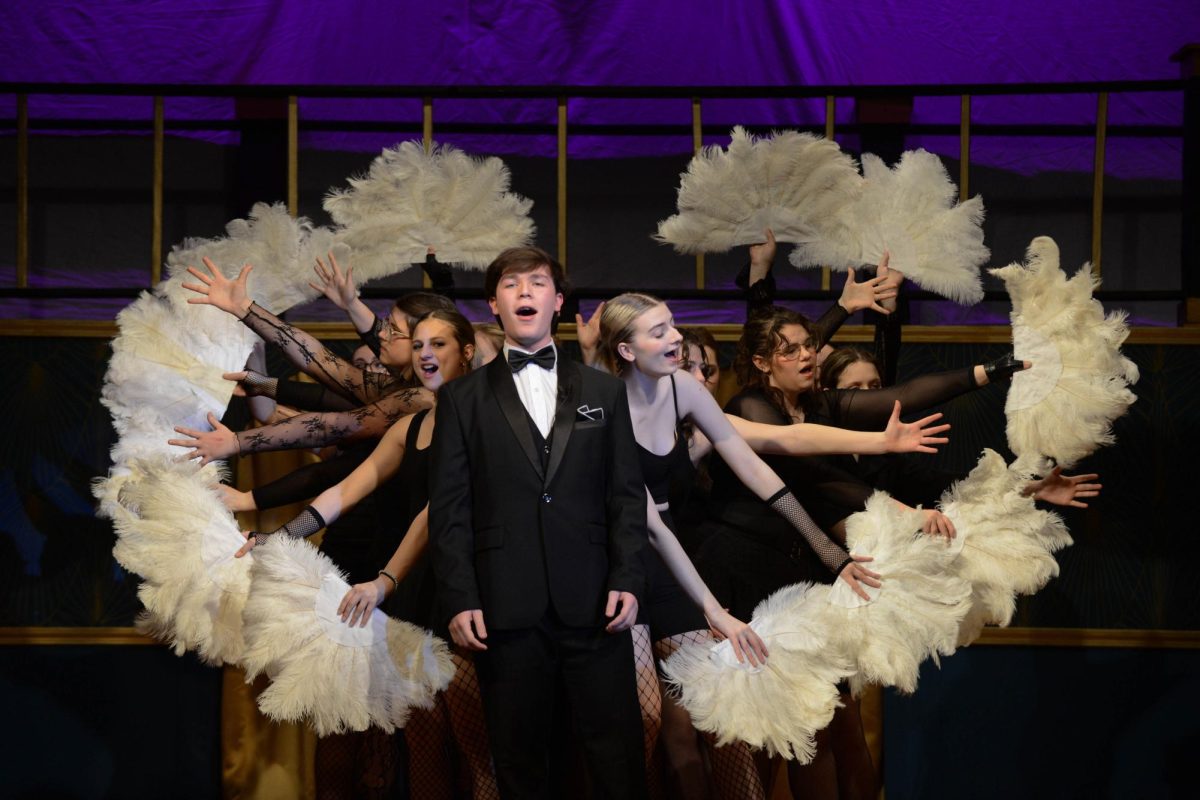Rolla High School offers many activities, though a great deal of them require a fee. According to the C.S. Mott Children’s Hospital Poll, after asking a national sample of parents about school activities in 2018 participation fees averaged $161 for sports, $86 for arts, and $46 for clubs/other activities. So, the question is, how does RHS budget extracurricular and cocurricular activities to encourage involvement?
Many students have an interest in art. Lucky for those students, RHS offers many art classes to choose from. Applied arts teacher Connie Shoemaker teaches many classes varying from beginners to advanced. For example, Beginning 3D Art and Advanced 3D Art. However, art supplies aren’t necessarily cheap.
“My budget for my beginning classes… [administration] gives me essentially twenty dollars for every kid who is in the beginning class. So if I’ve got twenty-five students in beginning [classes], whatever that is multiplied by twenty, but I have more kids than that. So they give me a pretty decent budget, to make sure that everything is covered,” stated Shoemaker.
As students pass beginner classes, they are eligible for advanced classes. As classes advance, so do the projects. In order to equip students with the variety of needed supplies, Shoemaker requires a fee for certain classes.
“I have found that each class is about $30 with the supplies that students go through between clay and glazes or beads. The reason that I do just a flat rate is that I can try and order a lot of different things so that everybody has options instead of just bringing their own because if I did that, you’d have a lot of things that got wasted,” explained Shoemaker.
For students involved in foreign languages, there are multiple classes available, as well as club opportunities. For instance, French Club meets after school and sometimes goes on trips. French teacher Emily Mullen is in charge of the high school’s French Club.
“Our dues used to be $20. I raised them to $25 this year mostly because our shirt expenses have gotten a lot higher in the past couple of years. And then also, you know, just everything costs more. So this year for the first time it’s $25, so that pays for our shirts,” stated Mullen.
Many extracurricular and cocurricular activities require students to travel. Along with meetings after school, French Club offers opportunities to travel.
“We’ve gone to the Art Museum in St. Louis before, or like last year, we went to the zoo with other foreign language clubs. If we can get it, there’s an organization… called CORE (Champions of Rolla Education) that has funding for trips and things like that, as long as they’re school-related,” explained Mullen.
Students with low SES (Socioeconomic Status) often struggle more with balancing extracurriculars. According to The Brookings Institution, “Research documents how lower-SES and many racial minorities students face barriers to participation in a wider range of extracurricular activities.” Fees for school activities can be limiting for some students. Brookings reports, “Disparities related to the raw number of activities, leadership positions, and honors reported by applicants are related to a combination of factors that often facilitate participation for historically privileged groups and deter it for others.” In other words, many factors make it far easier for some students to take advantage of enriching opportunities and those same factors can be an obstacle for others.
A lot of students are starting their first jobs and need advice on what to do with their money. It is no secret that saving and creating a reliable budget can help students involved in school activities. However, for some students, it can be hard to know where to start. Business teacher Jeremy Haberman offered some tips that can help.
“What you want to do when you’re trying to create a budget for the first time is you want to sit down and you want to try to order your priorities. So I tell every kid, you know, it’s really important that you create some manner of saving plan… and usually that entails a process called ‘Pay Yourself First.’ So you are saving some percentage of your paycheck automatically every time you get paid,” explained Haberman.
No matter a student’s economic status, being involved in extracurriculars and cocurricular activities can make it difficult to keep track of certain tasks. For kids who want to be more involved but have a limited budget, Haberman suggests setting a goal and creating a habit.
“It’s the first thing we talk about in personal finances – goal setting – because it informs all of the other decisions… it starts with a saving plan because if you make it automatic and you pull that money out of your hands, you don’t give yourself the opportunity to sabotage [your goal],” said Haberman.










